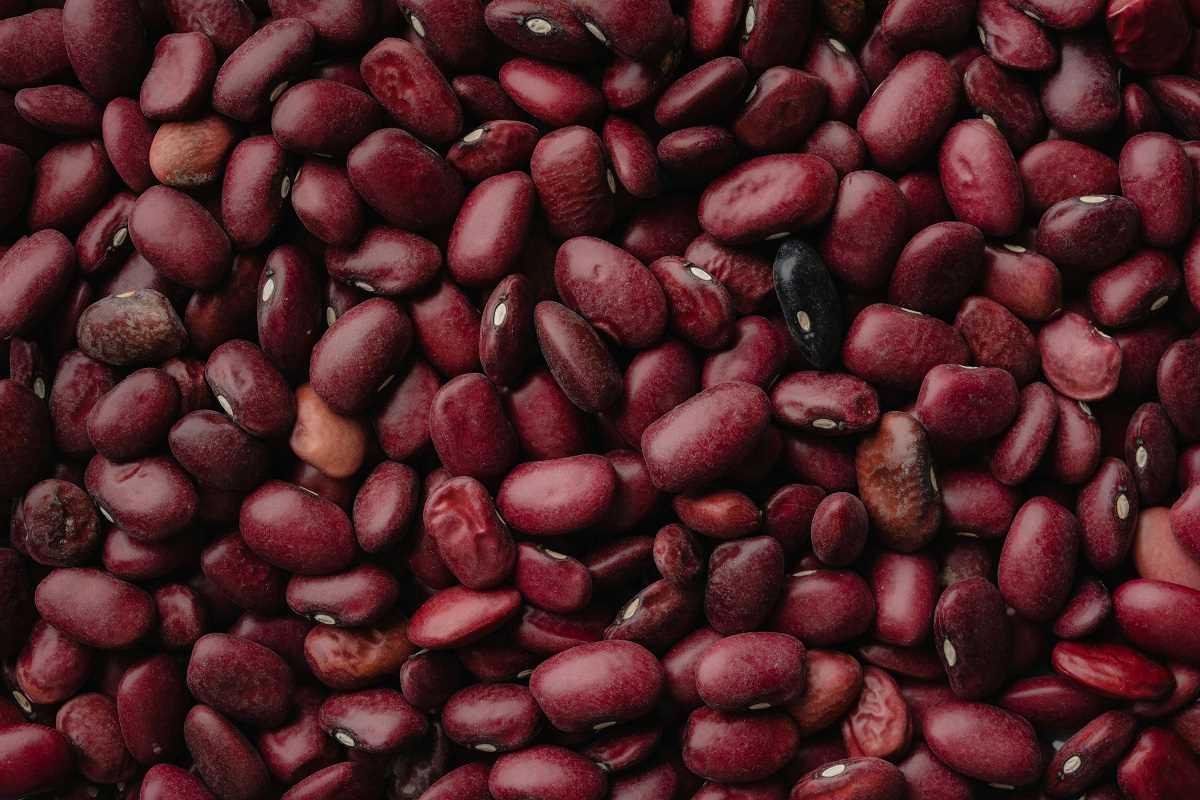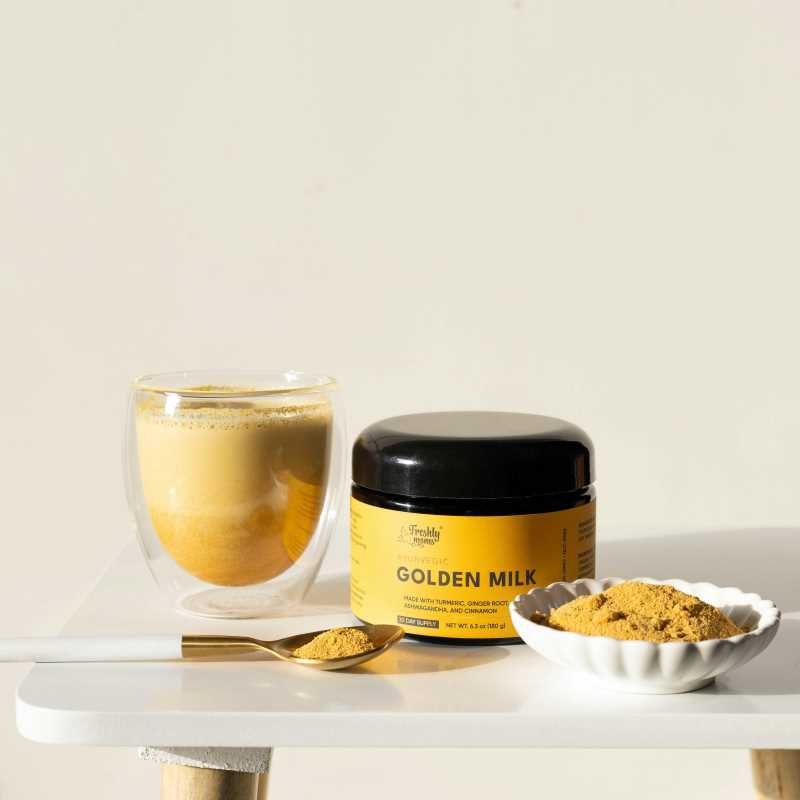Going gluten-free isn’t just a dietary choice for many people; it’s a survival tactic. Whether you’re managing celiac disease, gluten sensitivity, or just experimenting with eliminating gluten for better digestion, one thing’s for sure: it’s a lifestyle shift. The good news? Steering clear of gluten doesn’t mean banishing flavor or fun. With the right strategies up your (possibly flour-dusted) sleeve, living gluten-free can be delicious, empowering, and dare we say, even enjoyable. Here are some practical tips to guide you on this breadcrumb-free adventure.
Mastering the Art of Reading Labels
If groceries are part of your weekly routine, prepare to become a label-reading ninja. Gluten can sneak into unsuspecting foods, hiding behind fancy terms or additives you wouldn’t associate with wheat. Wheat flour doesn’t always wave a giant red flag; sometimes it masquerades as modified food starch, malt syrup, or hydrolyzed vegetable protein. Sneaky, right?
Start by scanning ingredient lists for obvious offenders like wheat, rye, barley, or triticale. But don’t stop there. Processed foods often contain thickeners, flavorings, and stabilizers derived from gluten-containing grains. Salad dressings, soy sauce, and even soups can be culprits. Who knew gluten could lurk in the depths of a seemingly innocent tomato bisque?
Look for the magic words “gluten-free” on labels, but remember that not all certifications are created equal. Official organizations like the Gluten-Free Certification Organization (GFCO) rigorously test products to ensure they contain less than 10 ppm (parts per million) of gluten. That’s the level of assurance your stomach deserves.
Memorize this cheat sheet for peace of mind while shopping:
- Watch out for disguised terms like malt, dextrin (if not marked gluten-free), and durum
- Double-check “healthy” products like granola bars and veggie chips
- Stick to certified gluten-free brands when possible
Once label reading becomes second nature, you’ll breeze through aisles instead of turning grocery trips into scavenger hunts of doom.
Reimagining Your Favorite Comfort Foods
Just because gluten is off-limits doesn’t mean your favorite foods have to be. Gluten-free versions of pizza, pasta, and baked goods have transformed drastically over the past decade. Gone are the days when gluten-free meant dry, crumbly bread that tasted like cardboard. Today, innovation has turned gluten-free cooking into an art.
The key to success is choosing your substitutes wisely. Start with gluten-free flour blends that combine rice, almond, or tapioca starch for a light texture. These mimic the properties of wheat-based flour surprisingly well. The next frontier is pasta. Chickpea, lentil, and quinoa varieties offer protein-packed alternatives that hold their own under sauce. It’s time to bid farewell to spaghetti substitutes that disintegrate the moment they touch marinara.
Craving pizza? The cauliflower crust trend isn’t just hype. When done right, with cheese, eggs, and seasoning mixed into the riced cauliflower base, it delivers a crispy, savory foundation for your favorite toppings.
Want to elevate your gluten-free kitchen game? Consider:
- Using xanthan gum as a binding agent in gluten-free baking
- Trying almond meal for a nutty, protein-rich cake base
- Experimenting with ancient grains like teff or millet for hearty recipes
Reworking comfort foods isn’t settling; it’s pushing culinary boundaries in the name of both flavor and feeling great.
Dining Out Without Anxiety
Eating out when you’re gluten-free can feel like walking through a minefield. Is the salad dressing gluten-free? Did that fry share oil with onion rings coated in flour? It’s enough to make you want to stay home and live off smoothies. But don’t worry; navigating the restaurant world is doable with the right script and a dash of confidence.
The secret is communication. Be upfront with your server, but keep the conversation focused. Mention “gluten-free” in the same breath as “medical necessity” rather than a diet trend, so kitchen staff takes it seriously. Ask detailed but polite questions about cross-contamination, like whether gluten-free pizza crusts are cooked in separate ovens from the wheat-based ones.
Many restaurants now have designated gluten-free menus or symbols indicating gluten-safe dishes. Chain restaurants like Chipotle or P.F. Chang’s often offer specially prepared options, but local spots may surprise you, too. Calling ahead or checking the menu online can save time and embarrassment when you walk in hungry.
Dining out tips to keep in mind:
- Avoid fried foods unless confirmed to be cooked in dedicated oil
- Watch out for hidden gluten in sauces, marinades, and gravies
- Pack a backup snack just in case options fall through
With a little research, getting out of the house for meals can be an enjoyable addition to your gluten-free lifestyle rather than a source of anxiety.
Stocking Your Pantry Like a Boss
Your pantry is your first defense against hanger-induced bad decisions. Stocking it with gluten-free essentials ensures you always have options that deliver taste and nutrition without requiring major prep time. Think of it as your gluten-free command center.
Begin with versatile grains like quinoa, brown rice, and polenta, which can act as the base for salads, bowls, and hearty dinners. Gluten-free breadcrumbs are another must-have, perfect for crispy chicken or that old-school meatloaf recipe from Grandma (yes, even meatloaf gets a gluten-free makeover).
Snacks are where your pantry can really shine. Keep gluten-free crackers, nut butter, and seaweed snacks on hand for your salty cravings. Dried fruit and dark chocolate (70% or more cacao) satisfy sweet-tooth moments without unnecessary additives.
Pro pantry picks include:
- Canned chickpeas for hummus or quick stir-fries
- Gluten-free soy sauce (tamari) for Asian-inspired dishes
- Shelf-stable oat milk for everything from coffee to baked recipes
A well-stocked pantry doesn’t just make meal-planning easier; it makes the inevitable gluten temptations fade to the background when crispy rice snacks or savory lentil chips are within arm’s reach.
Keeping Your Social Life Alive
Maintaining a gluten-free lifestyle doesn’t mean becoming the friend who only eats carrots and stares longingly at the breadbasket. With some tactical planning, you can enjoy parties, potlucks, and family gatherings without gnawing on celery sticks in the corner.
Step one? Offer to bring a dish. This guarantees you have at least one gluten-free option available while giving you the opportunity to showcase how delicious your diet can be. Gluten-free brownies or quinoa salads often steal the spotlight at events when done right.
Buffets can be tricky, but staking out the naturally gluten-free options like fresh veggies, fruit, or grilled meats (sans sauce) lets you rest easy. Be aware of double-dipping that could contaminate hummus or guacamole bowls, though.
Social tips that help you thrive:
- Call the host ahead to kindly inquire about menu details
- Carry gluten-free crackers for DIY cheese board moments
- Enjoy naturally gluten-free beverages like wine or cider so you still feel festive
Gluten-free living isn’t an obstacle to connection. It’s simply a reason to get creative and ensure you celebrate moments while prioritizing your health.
Flourishing, Not Just Surviving
Living gluten-free doesn’t have to feel restrictive or overwhelming. With label-reading skills, reimagined recipes, a confidence boost for dining out, and a pantry stocked like a pro, you’ll quickly realize there’s far more to eat than what you’ve left out. Add in social strategies to stay connected, and you’ve got a lifestyle that supports wellness while keeping your plate both nourishing and exciting.
 (Image via
(Image via





